Melting Aluminum Aluminium Alloys Filtration adopts a three-dimensional network structure and uses organic foam with interconnected pores as a carrier to penetrate the thixotropic alumina material slurry. The full-automatic extrusion process with square correction of the center distance is adopted to make the slurry evenly spread on the foam skeleton of the carrier. After drying and curing, it is baked at a high temperature of 1180°C. Installed in the CFF filter box, used to filter impurities in the aluminum alloy liquid.
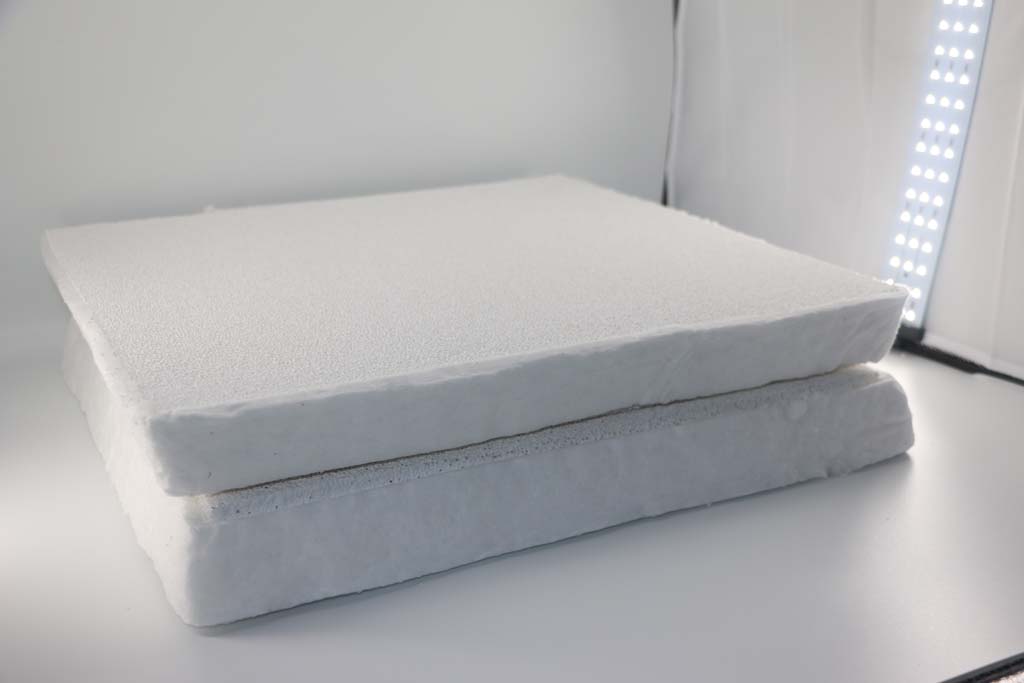
AdTech, the manufacturer of ceramic foam filters, can provide ceramic foam filters of 20-80 PPI. The ceramic foam filter is made of continuous mesh foam plastic soaked in mud and baked at high temperature. Therefore, the raw materials used to make the filter plate are divided into foam and mud.
The foam material used to produce the metal foam filter should have sufficient elasticity and strength to ensure the recovery and resistance to breakage when immersed in the mud. In the submerged stage, there are no congenital defects such as local depressions and cracks. The parameter that usually describes foam specifications is PPI (pores per inch), which is the number of pores per inch.
AdTech is a professional foam ceramic filters manufacturer. Ceramic foam filter is filtrating by adsorption principle.
It can effectively remove large inclusions in aluminum liquid and effectively adsorb small size inclusions.
It is not effective to reduce the pollution of aluminum slag.
Good thermal shock resistance and improved corrosion resistance to molten metal.
Automatic production line, accurate size, more suitable for CFF filter box.
The use of Melting Aluminum Aluminium Alloys Filtration is an important use for molten aluminum filtration.
In addition to the actual production requirements for the quality of aluminum products, the flow rate of aluminum in the washing tank, the total amount of filtration, the cleanliness of the aluminum itself, and the production cost must also be considered.
Choosing high-specification foam ceramic filter plates will increase production costs and reduce production efficiency.
Usually the parameter describing foam specifications is PPI (pores per inch), which is the number of pores per inch. In fact, PPI does not really reflect the size of foam cells.
It is recommended to use CPI (units per inch) instead. But people still use PPI according to their habits. The number of AdTech ceramic foam filters is 20, 30, 40, 50, 60 and 80ppi.
(1) Prepare CFF Casthouse. The CFF filter box should be thoroughly cleaned before use to prevent the refractory residue left during use from falling into the molten aluminum; the size of the filter plate and the filter box should be matched, and the matching gap and deflection angle between them should be as small as possible.
(2) After cleaning the CFF Casthouse, apply a layer of fireproof paint on the inner surface of the filter box, and then gently lay the filter box flat.
(3) Proper preheating is an important part of the use of ceramic foam filters. Improper preheating method usually leads to the following problems: cracks appear during the preheating process.

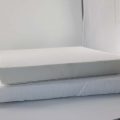
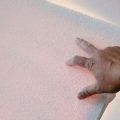
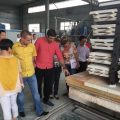

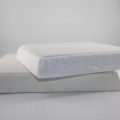
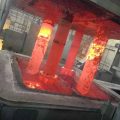
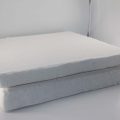
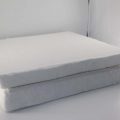
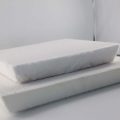
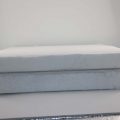
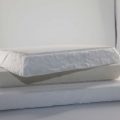
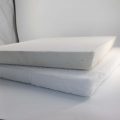
[…] molten aluminum filtration method using the Cambodia China Foundry Filter is characterized by pouring molten metal into the ceramic […]